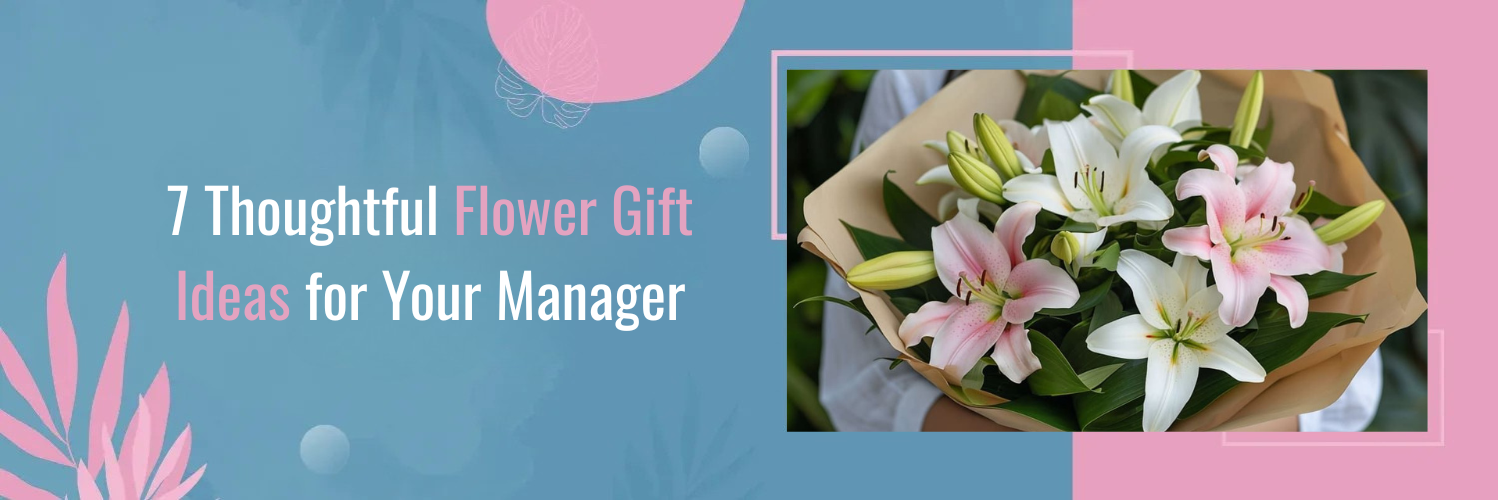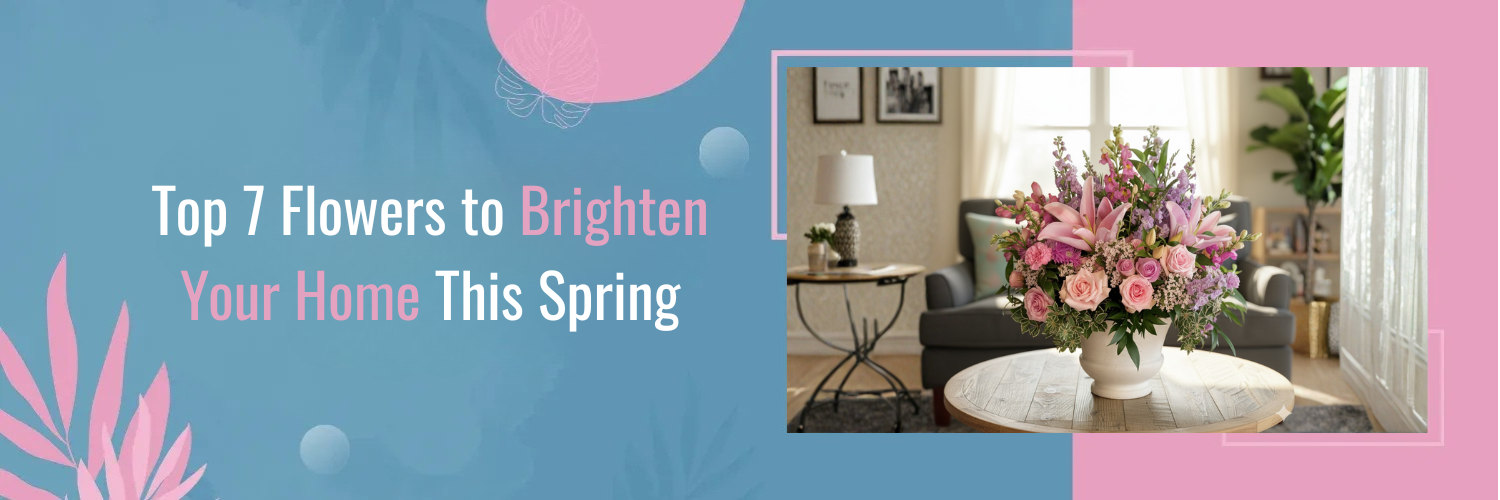Welcome to our guide on low-light plants that thrive without much sunlight! If you love greenery but lack ample natural light in your space, worry not. Plenty of beautiful plants can flourish in low-light conditions, brightening up even the darkest corners of your home or office.
Low-light environments typically receive minimal direct sunlight, such as rooms with north-facing windows or areas shaded by buildings or trees. While these spaces may not be suitable for sun-loving plants, they can be perfect for species that have adapted to thrive in dimmer settings.
Let’s explore 15 such plants, discuss their care requirements, and we’ll offer tips on how to keep them healthy and happy.
15 Low-Light Plants That Thrive Indoors

Snake Plant (Sansevieria trifasciata):
Known for its resilience and air-purifying properties, the snake plant features long, sword-like leaves with striking patterns, making it a perfect addition to any low-light space.
ZZ Plant (Zamioculcas zamiifolia):
With its glossy, dark green foliage and ability to tolerate neglect and low light, the ZZ plant is an excellent choice for beginners or those with busy lifestyles.
Pothos (Epipremnum aureum):
Pothos, also known as Devil’s Ivy, is a trailing plant with heart-shaped leaves that come in various shades of green. It thrives in low light and can even purify the air.
Peace Lily (Spathiphyllum):
The peace lily is renowned for its elegant white blooms and lush green foliage. It can tolerate low light conditions and helps improve indoor air quality.
Spider Plant (Chlorophytum comosum):
Spider plants are easy to care for and produce long, arching foliage adorned with tiny plantlets that resemble spiders, hence the name. They thrive in low to moderate light.
Cast Iron Plant (Aspidistra elatior):
As its name suggests, the cast iron plant is incredibly resilient and can tolerate low light, drought, and neglect. Its dark green leaves add a touch of elegance to any space.
Dracaena (Dracaena spp.):
Dracaenas are a diverse group of plants known for their dramatic foliage and air-purifying qualities. They come in various shapes and sizes and can thrive in low-light conditions.
Chinese Evergreen (Aglaonema):
Chinese evergreens feature bold, patterned leaves and can tolerate low light and dry air, making them a popular choice for indoor spaces with less natural light.
Philodendron (Philodendron spp.):
Philodendrons are versatile plants that come in various shapes and sizes, from vining to upright varieties. They thrive in low to moderate light conditions and are relatively easy to care for.
Parlor Palm (Chamaedorea elegans):
Parlor palms are compact, elegant plants with delicate fronds that can tolerate low light and dry indoor air, making them ideal for adding a tropical touch to any space.
Aglaonema (Aglaonema spp.):
Aglaonemas, also known as Chinese evergreens, are low-maintenance plants with striking foliage patterns that thrive in low to moderate light conditions.
Boston Fern (Nephrolepis exaltata):
Boston ferns are classic indoor plants valued for their lush, feathery fronds. While they prefer medium to high humidity, they can still thrive in low light conditions with proper care.
Lucky Bamboo (Dracaena sanderiana):
Despite its name, lucky bamboo is not actually a bamboo but a member of the Dracaena genus. It can thrive in low light and adds a touch of zen to any indoor space.
Ficus (Ficus spp.):
Ficus plants, also known as weeping figs, are popular indoor trees with glossy, dark green foliage. They can adapt to low light conditions but may drop leaves if light levels are too low.
Dieffenbachia (Dieffenbachia spp.):
Dieffenbachias, or dumb cane plants, feature large, variegated leaves and can tolerate low light conditions. However, they should be kept out of reach of pets and children as their sap can be toxic if ingested.
Tips for Caring for Low-Light Plants
Now that you’ve familiarized yourself with some of the best low-light plants, here are a few general tips to help you keep them healthy and thriving:
- Watering:
While low-light plants generally require less water than their sun-loving counterparts, keeping an eye on soil moisture is essential. Allow the soil to dry out slightly between waterings to prevent overwatering, which can lead to root rot.
- Light:
These plants can tolerate low-light conditions but still need indirect light to thrive. Place them near north-facing windows or in well-lit rooms away from direct sunlight.
- Humidity:
Many low-light plants, like ferns and peace lilies, appreciate higher humidity levels. Mist them regularly or place them on trays filled with pebbles and water to increase humidity around the plant.
- Pruning:
Regular pruning helps keep your plants looking neat and encourages healthy growth. Remove any yellowing or dead leaves and any overcrowded or leggy growth.
- Fertilizing:
Low-light plants generally have lower nutrient requirements, so fertilize them sparingly. Use a balanced, water-soluble fertilizer diluted to half strength every 4-6 weeks during the growing season.
Choose Bourkes Florist for Your Floral Needs
Whether you’re a seasoned plant parent or just starting your indoor garden journey, Bourkes Florist
offers a delightful selection of plants. Why not brighten up your living space with some lush greenery today? Place your order now!
FAQs
Q: Can Low-Light Plants Survive in Entirely Dark Rooms?
While some low-light plants can tolerate minimal light, they still need at least some indirect light to survive. Completely dark rooms are unsuitable for most plants, as they rely on photosynthesis to produce energy.
Q: How Often Should I Water Low-Light Plants?
Watering frequency depends on plant species, pot size, and environmental conditions. Generally, allowing the soil to dry out slightly between waterings is best to prevent overwatering.
Q: Can I Grow Low-Light Plants in Offices With Artificial Lighting?
Many low-light plants can thrive under artificial lighting commonly found in office settings. Opt for species known for their tolerance to low-light conditions, and consider supplementing with full-spectrum grow lights if needed.
Q: Are Low-Light Plants Suitable for Beginners?
Absolutely! Many low-light plants are low-maintenance and forgiving of occasional neglect, making them perfect for beginner gardeners. Just familiarize yourself with each plant’s specific care requirements to ensure success.
Q: How Can I Prevent Pests and Diseases in My Low-Light Plants?
Regularly inspect your plants for signs of pests such as spider mites, aphids, or mealybugs, and treat infestations promptly using natural or chemical methods. Avoid overwatering and ensure proper airflow around your plants to prevent fungal diseases.


















